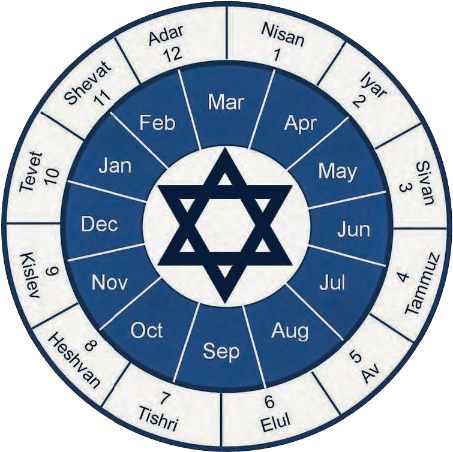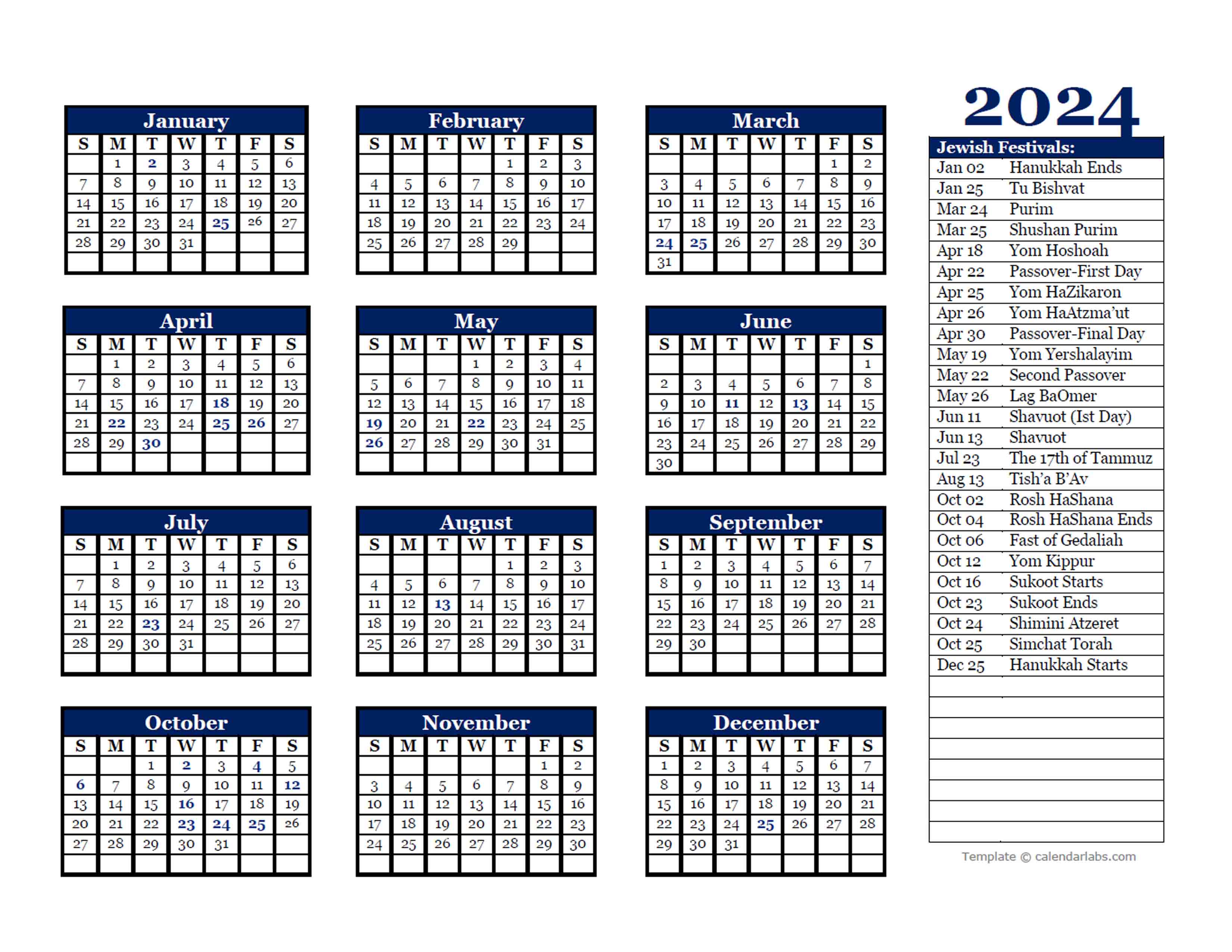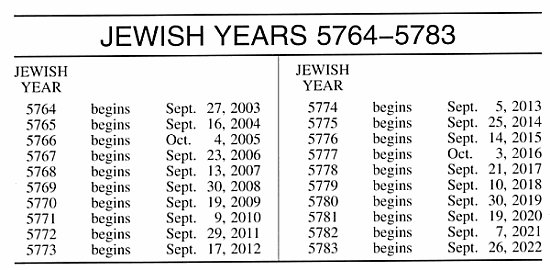Two Calendars, Two Timelines: Navigating The Jewish And Gregorian Calendars In 2025
Two Calendars, Two Timelines: Navigating the Jewish and Gregorian Calendars in 2025
Associated Articles: Two Calendars, Two Timelines: Navigating the Jewish and Gregorian Calendars in 2025
Introduction
With enthusiasm, let’s navigate by means of the intriguing subject associated to Two Calendars, Two Timelines: Navigating the Jewish and Gregorian Calendars in 2025. Let’s weave fascinating info and provide contemporary views to the readers.
Desk of Content material
Two Calendars, Two Timelines: Navigating the Jewish and Gregorian Calendars in 2025

The yr 2025 unfolds otherwise relying on which calendar you seek the advice of. For a lot of the world, the Gregorian calendar, the internationally accepted commonplace, dictates the move of time. However for Jewish communities worldwide, the Jewish calendar, a lunisolar calendar with a wealthy historical past and sophisticated calculations, governs spiritual observances, holidays, and the rhythm of every day life. Understanding the variations and the interaction between these two programs is essential for anybody searching for to understand the multifaceted nature of timekeeping and the cultural significance embedded inside every system.
The Gregorian Calendar: A Photo voltaic System
The Gregorian calendar, named after Pope Gregory XIII who launched it in 1582, is a photo voltaic calendar. This implies it is primarily based solely on the Earth’s revolution across the solar, with a yr lasting roughly 365.25 days. To account for the fractional day, leap years are launched each 4 years, aside from years divisible by 100 however not by 400. This technique supplies a comparatively secure and predictable framework for civil and secular life, facilitating scheduling, planning, and worldwide coordination. Its widespread adoption has made it the de facto world commonplace, used for all the things from enterprise transactions to worldwide journey. In 2025, the Gregorian calendar will merely proceed as a normal yr, with its acquainted sequence of months and days.
The Jewish Calendar: A Lunisolar Dance
The Jewish calendar, nevertheless, is a lunisolar calendar, which means it incorporates each lunar cycles and photo voltaic cycles. A lunar month is predicated on the moon’s orbit across the Earth, averaging roughly 29.5 days. Nevertheless, the lunar yr, consisting of twelve lunar months, falls in need of the photo voltaic yr by roughly eleven days. To reconcile this discrepancy and stop holidays from drifting by means of the seasons, the Jewish calendar employs a system of intercalary (added) months. Seven occasions each nineteen years, an additional month, Adar II (also called Ve-Adar), is inserted, making certain the Jewish calendar stays roughly synchronized with the photo voltaic yr. This nineteen-year cycle, often called the Metonic cycle, is a cornerstone of Jewish calendrical calculations.
The complexities do not finish there. The Jewish calendar’s New 12 months, Rosh Hashanah, at all times falls within the early autumn, aligning with the harvest season. The exact date is decided by means of a posh interaction of astronomical calculations and rabbinic guidelines designed to forestall the prevalence of sure calendar configurations. The beginning of the Jewish yr is just not merely a matter of including a month; it entails intricate calculations that guarantee the suitable alignment of the lunar and photo voltaic cycles.
2025 in Each Calendars: A Comparability
In 2025, the Gregorian calendar will unfold as a typical yr, starting on Wednesday, January 1st, and ending on Thursday, December thirty first. Nevertheless, the Jewish calendar’s timeline shall be fairly completely different. The yr 5785 within the Jewish calendar will start on Wednesday, September seventeenth, 2024, within the Gregorian calendar, and can conclude on Tuesday, October fifth, 2025. This highlights the numerous overlap and the offset between the 2 programs. The Jewish New 12 months, Rosh Hashanah, will fall on September seventeenth and 18th, 2024 (Gregorian calendar), marking the start of the yr 5785. Different important holidays like Yom Kippur (Day of Atonement) and Sukkot (Feast of Tabernacles) may also fall inside the Gregorian yr 2024, earlier than the tip of the Jewish yr 5785 in early October 2025.
This overlap and the distinction within the beginning factors of the yr underscore the essential distinction between the 2 calendars. A significant Jewish vacation within the Gregorian yr 2025 could be Passover, which in 2025 falls in April, demonstrating how the Jewish calendar’s lunar cycle influences the dates of its main festivals. The precise dates for Passover and different holidays fluctuate barely annually relying on the lunar cycle. This year-to-year variation is absent within the Gregorian calendar’s fastened dates.
Cultural Significance and Sensible Implications
The variations between these calendars are usually not merely educational. They maintain important cultural and sensible implications. For Jewish communities, the Jewish calendar dictates the timing of non secular observances, dietary legal guidelines (kashrut), and household celebrations. Observing Shabbat (the Jewish Sabbath), which begins at sunset on Friday and ends at sunset on Saturday, requires adhering to the Jewish calendar’s reckoning of time. Equally, the timing of festivals and quick days is totally depending on the Jewish calendar.
The discrepancy between the 2 calendars can even current sensible challenges. Scheduling occasions, coordinating appointments, or planning journey that entails each secular and spiritual concerns requires cautious consideration to each programs. As an illustration, a enterprise assembly scheduled for a selected date on the Gregorian calendar may battle with a Jewish vacation, resulting in scheduling problems.
Past Dates: A Deeper Understanding of Time
The comparability of the Gregorian and Jewish calendars in 2025 extends past a easy juxtaposition of dates. It presents a glimpse into completely different cultural views on time and its significance. The Gregorian calendar, with its emphasis on photo voltaic cycles and its secular utility, displays a give attention to linear progress and constant measurement. The Jewish calendar, with its intricate interaction of lunar and photo voltaic cycles and its deep connection to spiritual observance, displays a cyclical understanding of time, emphasizing the repetition of historical past and the rhythm of the seasons.
Understanding each calendars requires appreciating their distinct origins, functions, and cultural contexts. Whereas the Gregorian calendar supplies a universally accepted framework for civil life, the Jewish calendar serves as an important hyperlink to Jewish historical past, custom, and spiritual follow. In 2025, as in yearly, each calendars proceed to coexist, reflecting the varied methods by which people understand and measure the passage of time. Appreciating the nuances of each programs permits for a richer understanding of the multifaceted nature of time itself and the cultural tapestry woven into its measurement.








Closure
Thus, we hope this text has offered helpful insights into Two Calendars, Two Timelines: Navigating the Jewish and Gregorian Calendars in 2025. We hope you discover this text informative and useful. See you in our subsequent article!